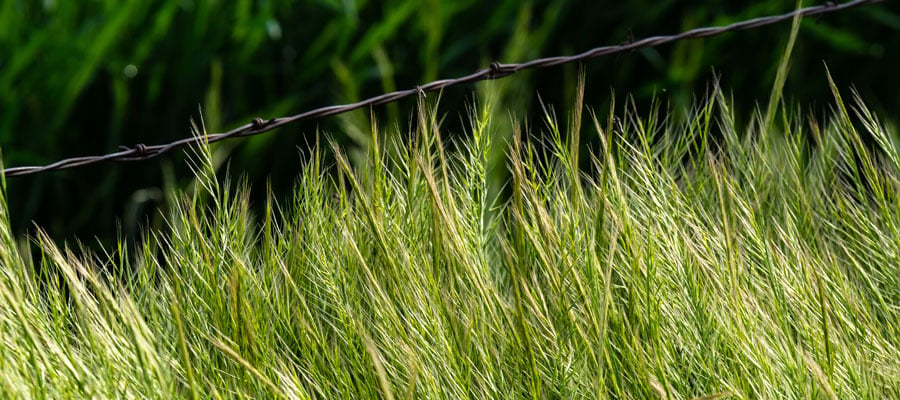For anyone who has hiked in the Boise Foothills, or any of our forests, you’ve come across cheatgrass at some point in your journey, whether you realized it or not. Cheatgrass covers an estimated 7% of Idaho, and the dangers of the grass is a topic that we have covered before.
What is Cheatgrass?
Scientifically known as Bromus tectorum, cheatgrass is defined by the US Department of Agriculture as bright green with hairy blades and a dense, drooping seed head. It then changes to a honey color in the late summer to start the spread of its seeds. Cheatgrass is an invasive plant that is common in western states, but is found in all 50 states. In Idaho it is classified as a noxious weed that has been known to take over large areas in the Foothills and wipe out acres of sagebrush.
Interesting fact: Cheatgrass got its name for its ability to “cheat” during the fall and winter months by taking root before crops and native grasses have the chance in the spring.
Why Cheatgrass is Dangerous to Pets
As the summer begins to really heat up in July and August the seeds and blades of cheatgrass dry out and become barbs that easily attach to objects and fur in an effort to spread and propagate. These cheatgrass barbs can get in your dog’s skin, ears, nose, paws, and could even be ingested or inhaled.
Once the barbs and seeds attach themselves, your pooch’s body will go into protective mode and start to build a protective wall around the foreign object. If the barb remains in the skin for too long it can cause an infection and lead to bigger issues.
Signs Your Pet May Be Affected by Cheatgrass
- Excessive licking or chewing at specific areas
- Limping
- Increased head shaking
- Loss of appetite
- Swelling or lumps on skin
- Bleeding or discharge from puncture holes
If your pet is experiencing any of these symptoms, get them to their veterinarian right away. Cheatgrass can and will continue to move throughout your dog or cat’s body, causing serious issues if not removed.
How to Prevent Cheatgrass
- Regularly remove any cheatgrass from your yard and areas your pet frequents
- Keep your pets out of fields of tall grass that could contain cheatgrass
- If your pet was in an area that may potentially have cheatgrass, do a complete check of their body for any barbs or seeds
- Keep the hair between your dog’s paws short to decrease the chance of a barb or seed getting imbedded there
- Regularly brush and wash your pet to keep their coat clean and grass free
Yes, controlling cheatgrass is a lot of work, so when removing it be sure to replace it with another natural grass and water it well. This will help ensure the cheatgrass doesn’t have a chance to reseed and take root.
If you’re interested in learning about other plants that are harmful for your pet, check out our eBook When Pets and Plants Don’t Mix.
